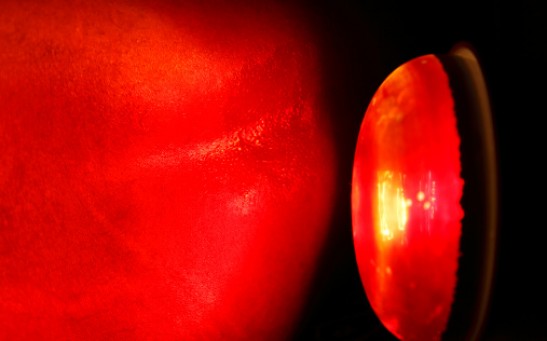infrared light

Induced Brain Activation Uses Drugs Activated by Infrared Light, Holds Key in Developing Noninvasive Neuromodulation Therapies

Engine Powering Two Merging Galaxies Spotted by James Webb Space Telescope; What Happens During Galactic Collisions?
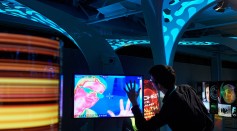
Reverse Solar Panel Generates Electricity Without Sunlight by Emitting Heat to Cold Night Skies
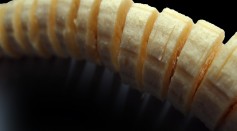
New Nano-Based Reversible Vasectomy Operation Developed Using Ultrasound Waves to Revert Contraception
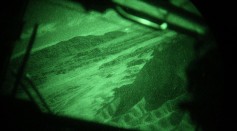
AI Infrared Camera Capable of Capturing Full-Color Photos in Complete Darkness
Holographic Images: This High-Resolution Camera Can Capture Hidden and Fast-Moving Objects

Near Infrared Light Directed Into the Ear Aids Against Hearing Loss
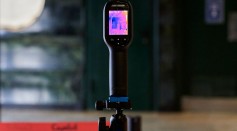
New Infrared Imager Sees Through Opaque Objects, Safe for Biomedical Applications
![Infrared Radiation From Hand Can Soon Be Used To Transmit Secret Messages [STUDY]](https://1721181113.rsc.cdn77.org/data/images/full/32951/infrared-radiation-from-hand-can-soon-be-used-to-transmit-secret-messages-study.jpg?w=237&h=131)
Infrared Radiation From Hand Can Soon Be Used to Transmit Secret Messages [STUDY]
Most Popular

How Technology Is Changing the Real Estate Industry?

Study Reveals High Turnover in Scientific Research Careers: What This Means for Future Scientists

Nikolay Karpenko Biography, Photo, Career, Accomplishments

How a Plant-Based Diet Can Protect Against Breast Cancer: Insights from Nutrition Research

